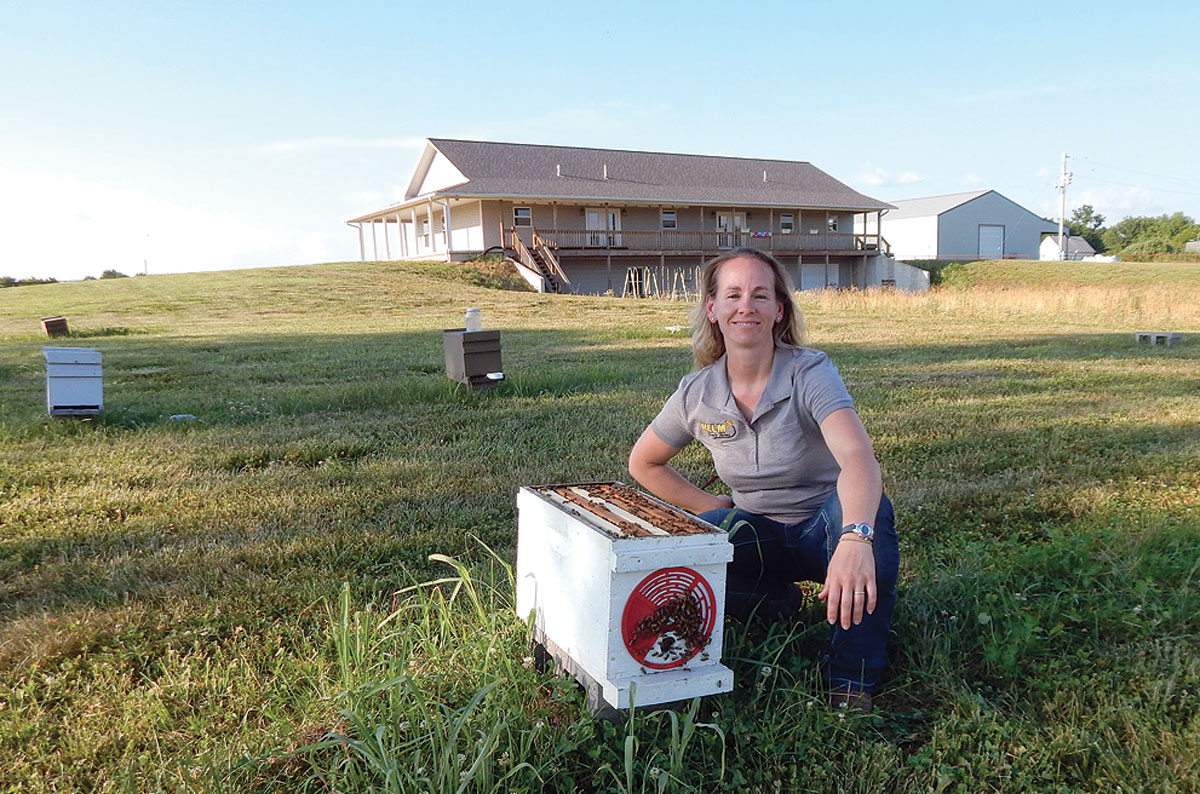 When Darrel and Anita Franson started Shiloh Land and Cattle Company in Lawrence County nearly 19 years ago, their commercial herd consisted of 50 mismatched cows.
When Darrel and Anita Franson started Shiloh Land and Cattle Company in Lawrence County nearly 19 years ago, their commercial herd consisted of 50 mismatched cows.
In two decades, however, the Fransons have developed a herd that consistently produces quality animals, whether they are replacement heifers or steers bound for market.
“It doesn’t take a great cattleman to do that,” Darrel said. “What it takes is a willingness to explore change, a willingness to do things differently, a willingness to think about doing things differently.”
Darrel, who grew up on a 30-cow Minnesota dairy farm, learned about doing things differently from his father, who was one of the first farmers in his area to adopt the practice of artificial insemination.
“My dad started using AI on his dairy herd in 1948,” Darrel said. “And he had great cows.”
Watching his father improve his herd to become second best herd in his county sold Darrel on its worth.
After working for years as manager of a cooperative in Wisconsin, where he helped dairy farmers in build feed rations and management programs, Darrel decided he, “knew a little bit about raising a cow herd.” He and Anita relocated to Missouri, near Mt. Vernon, where they purchased their mismatched herd and got down to the business of improving it.
Darrel began his AI program in 1994, and now the Fransons’ program includes synchronizing their 60 to 80-cow herd and breeding on fixed time AI.
“We breed by appointment,” Darrel said. “The AI tech shows up every Friday after Thanksgiving at 9 a.m., and by 11 a.m., he’s washing off his boots and getting ready to get into his pickup – and will have bred everything.”
While first service conception runs at about a 60 to 65 percent success rate, Darrel wanted to push that to 80 to 85 percent, so he added a second round of AI. That required a week of intensive estrus observation. This year, 18 days after the first service, cows will be pregnancy tested by blood. Open females are re-synchronized and AI repeated.
The process results in 92 percent of calves being born in the first 30 days of calving season.
“The other 8 percent will be on the ground in the next 30 days, but in 60 days, you’re done,” Darrel said.
“Sometimes, it’s almost overwhelming,” he said. “Those babies come tumbling out five or six in one day. They come in a bell curve, actually – some come 10 days early and some 10 days late.”
The Fransons prefer fall calving for several reaons. They don’t have to worry about newborns freezing during cold weather.
The calves are ready to wean in spring, just as pastures are coming on, and they are ready to market in the fall, when sale numbers traditionally are at their lowest.
When Darrel began the AI program, he used only Angus donors until the herd became fairly uniform. Now, he alternates between Angus and Simmental, depending upon the heifers being bred.
“We want a quality marbeled calf with good growth and more productive heifers,” Darrel said.
“I ain’t braggin’,” Darrel said. “Because I’m not a good cattleman. But with that nitrogen tank, I can produce top quality cattle.”







